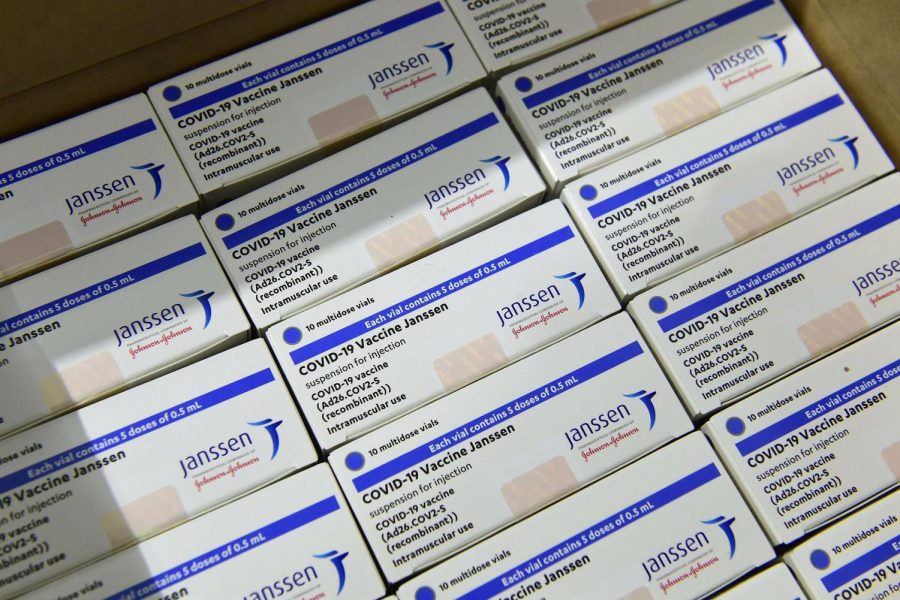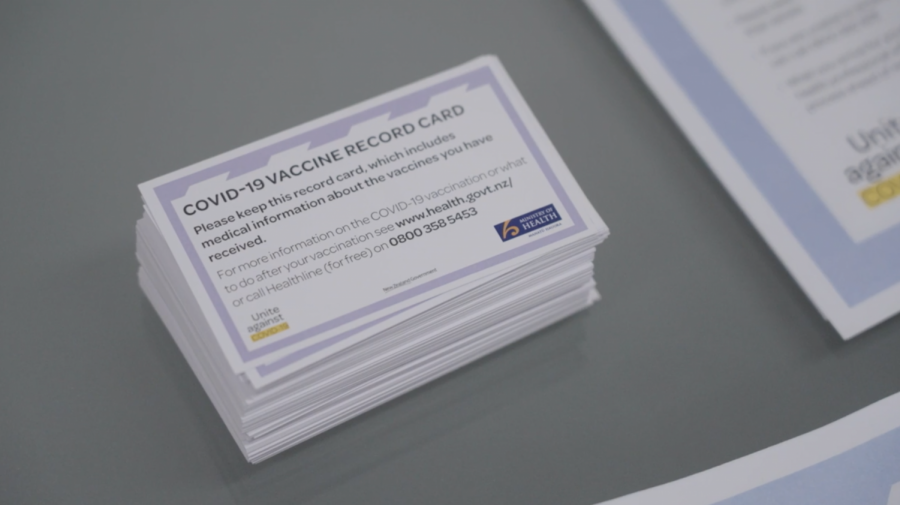Genetics has been a rapidly advancing field since 2003, when the Human Genome Project was completed. It has grown into one of the most well-funded and well-researched areas of science in recent years due to its widespread application in the fields of medicine, agriculture, environmental conservation and more. These advancements led to the discovery of an astounding biotechnology, CRISPR-Cas9, which has provided molecular biologists with a new tool for gene editing that can be applied to the genome of nearly every organism, including humans.
CRISPR-Cas9 was discovered in bacteria as a defense against viruses. CRISPR stands for Clustered Regularly Interspaced Palindromic Repeats. When a virus attacks an organism, it hijacks cells and forces them to create viruses until the cells burst, and then those viruses repeat the process until the organism kills the virus. When studying bacteria, scientists found strange repeats in most bacteria’s DNA and discovered that they were pieces of DNA incorporated into the bacteria’s genome from viruses that had attacked the bacteria previously.
The CRISPR repeats help bacteria recognize viruses. If the virus attacks again, the bacteria provides an endonuclease, a cutting enzyme known as Cas9, with an RNA template from their DNA of what the virus genome looks like. The Cas9 enzyme then moves throughout the nucleus until it finds the virus matching the template. The Cas9 endonuclease then cuts the virus genome which protects the organism. However, scientists saw a different potential for the CRISPR-Cas9 technology.
Molecular biologists quickly recognized the potential of CRISPR-Cas9 to be used as a genetic editing tool in the genome of any organism. By creating a piece of RNA matching a gene to guide the Cas9, it could easily be sent to remove any undesirable gene from an organism’s genome with little error. In fact, it does not just remove genes, it can also replace them with desirable genes. Gene editing before the discovery of CRISPR was much less precise and required a deactivated virus to be a vessel for carrying desirable genes.
This is the process used to create genetically modified crops (GMOs) and used in gene therapy treatments. However, since CRISPR technology doesn’t have to use a pathogen as a vessel to edit genes, it does not have to be labeled as a GMO and can be a much more effective form of gene therapy.
A growing number of foods are utilizing CRISPR in order to be cheaper and healthier, and if CRISPR can be used to delete genetic mutations in humans effectively, gene therapy will become a much more effective and common treatment of genetic disease.
Despite excitement in the scientific community regarding the potential advantages of CRISPR, there is also hesitation. Editing genes raises a plethora of concerns. Should we try to save species on the verge of extinction? What consequences could eradicating certain diseases cause? When is it ethical to alter a human’s genome? CRISPR provides a way to edit human genes, which gives scientists the ability to alter embryos. In 2018, a Chinese scientist claimed that he had created the first CRISPR gene-edited babies. He was met with global backlash, and the situation caused many countries to ban use of CRISPR on embryos. However, the ordeal made the ethical concerns of gene editing a reality and has forced scientists to face the facts regarding just how much power they now have over genomes.
Regardless of the concerns, for the most part, CRISPR-Cas9 is viewed as a modern miracle of science. CRISPR-Cas9 technology has provided amazing advancements in agriculture and medicine and is an exciting new discovery.







